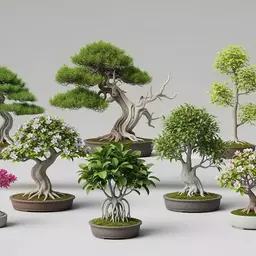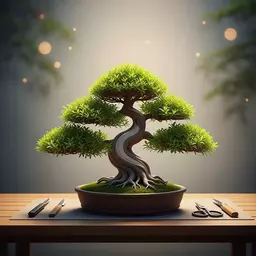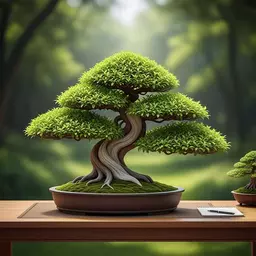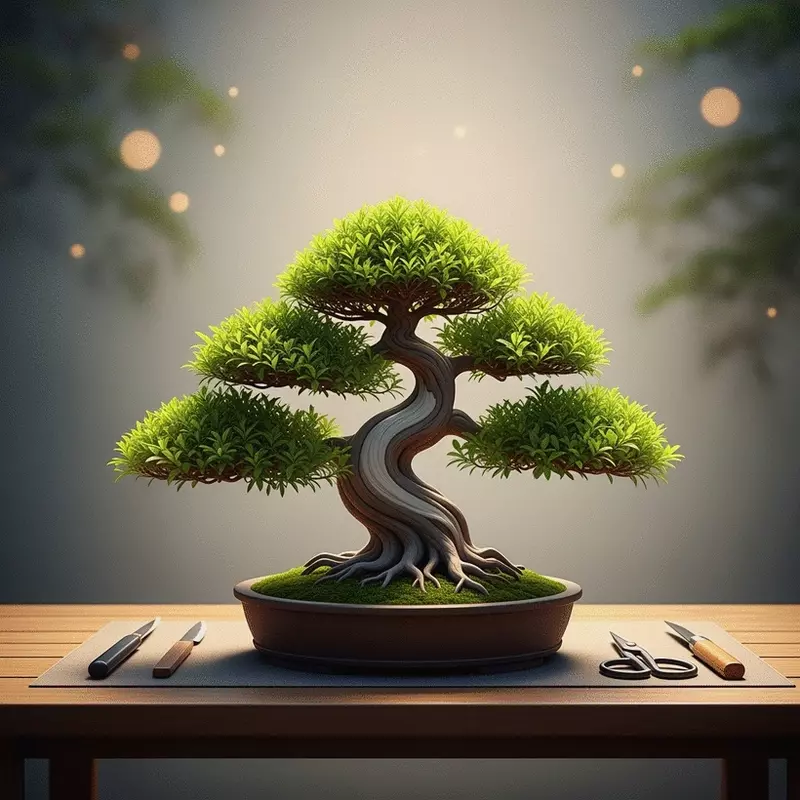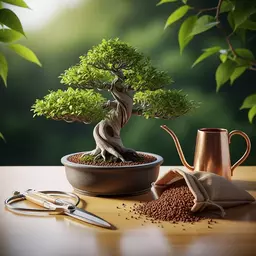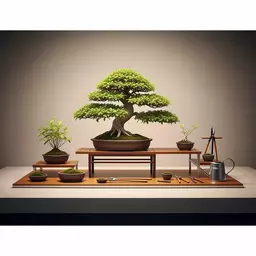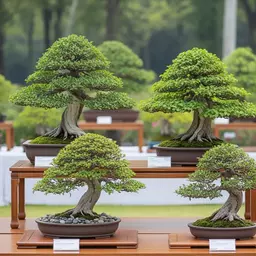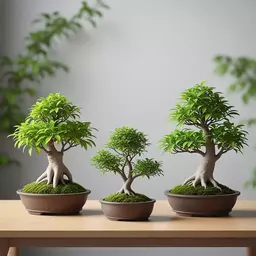Winter Care for Australian Bonsai
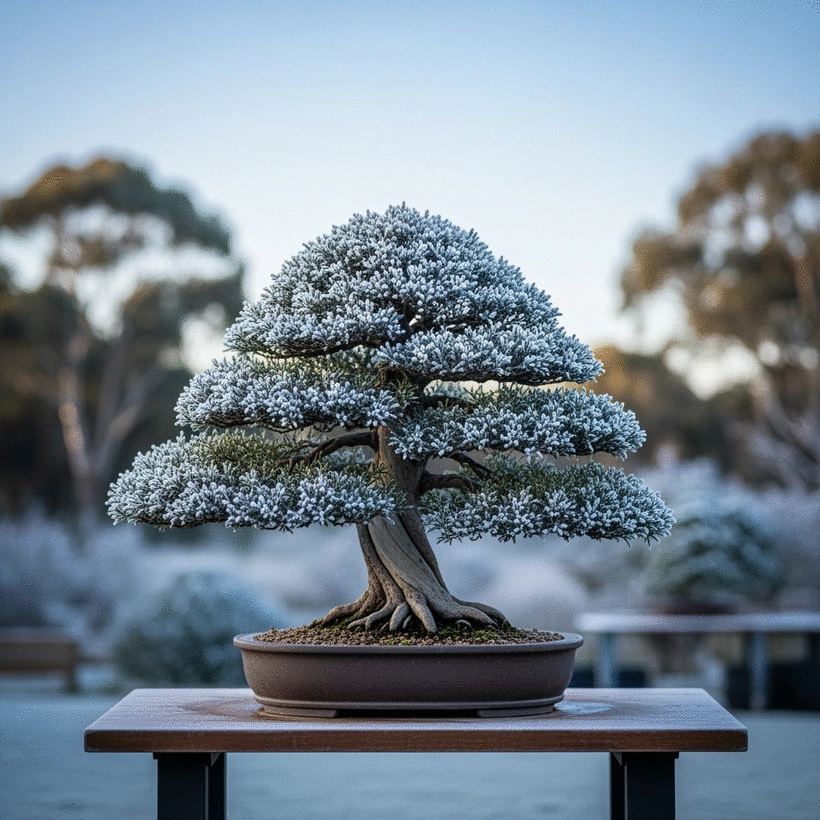
As winter approaches, the protection of outdoor bonsai becomes paramount. With the right strategies, your beloved trees can not only survive but thrive through the cold months. Are you ready to discover how to keep your bonsai healthy during winter?
What You Will Learn
- Winter protection helps prevent frost damage, ensuring your bonsai's foliage and roots remain healthy.
- Different bonsai species have unique winter care needs, from hardy Junipers to sensitive Ficus trees.
- Understanding your local hardiness zone is crucial for tailoring effective winter protection strategies.
- Key strategies include using overhead covers, creating microclimates, and applying mulching techniques to insulate roots.
Bonsai Winter Protection: Key Strategies & Hardiness Zones
Ensuring your outdoor bonsai thrives through the Australian winter requires understanding both protective strategies and your local climate. Below is a visual guide to key protection methods and common hardiness zones.
Understanding Bonsai Species Needs
- Junipers: Hardy, minimal frost protection.
- Ficus: Requires shelter, often indoors.
- Pine Species: Benefit from windbreaks, insulation.
Key Winter Protection Strategies
- Overhead Covers: Tarps for frost.
- Microclimates: Cold greenhouses.
- Polytunnels: Controlled environment.
- Mulching: Insulate roots, soil health.
Australia's Hardiness Zones & Bonsai Care
Tropical: Less frost, light covers.
Temperate: Moderate frost, tarps/cold frames.
Cooler: Significant frost, insulation/indoor.
Understanding Winter Protection for Outdoor Bonsai in Australia
Winter can be a challenging season for outdoor bonsai trees in Australia. As the temperature drops, the risk of frost and cold damage increases significantly. Protecting your bonsai during these months is crucial, as even a light frost can harm delicate foliage and roots. At
Without adequate protection, your beloved bonsai trees may struggle to survive the cold. Thus, understanding the specific needs of each species and the best practices for winter care is vital. Let’s dive deeper into why winter protection matters and how you can effectively protect your trees!
Why Winter Protection Matters for Bonsai Trees
As passionate bonsai enthusiasts, we know that each tree is a living work of art that deserves special attention. Winter protection is not just about preventing cold damage; it also involves maintaining the overall health of your bonsai. During winter, trees enter a state of dormancy, and if they are not properly cared for, they may not recover come spring. For more detailed insights into general care, check out our bonsai care guide for beginners.
- Frost can cause leaf drop and damage buds.
- Cold temperatures can freeze roots, leading to root rot.
- Wind can dry out the tree, increasing the risk of desiccation.
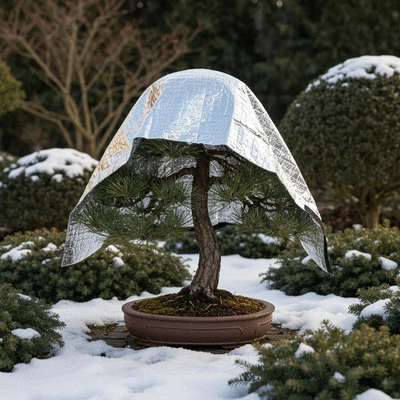
By understanding these risks, you can take proactive measures to shield your bonsai from the harsh winter elements. Implementing protective strategies now will help ensure vibrant new growth when the warmer months return!
Identifying Your Bonsai Species' Needs
Not all bonsai species have the same winter care requirements. For instance, a Juniper can handle colder temperatures better than a Ficus, which thrives in more temperate environments. Understanding the specific needs of your bonsai is crucial for effective winter care.
- Junipers: Generally hardy, can often withstand frost with minimal protection.
- Ficus: Requires more shelter from cold temperatures; often best kept indoors during winter.
- Pine species: Benefit from windbreaks and some insulation from frost.
Taking the time to research your bonsai species and adjust their winter care accordingly makes a world of difference! When you invest in understanding their needs, you are setting them up for success.
Recognizing Hardiness Zones in Australia for Bonsai Care
Australia has a wide range of hardiness zones that impact how we care for our bonsai. These zones help us understand the climate conditions in our area, which is crucial for tailoring winter protection strategies effectively. For example, the northern regions may experience milder winters compared to the southern areas, affecting what measures to implement.
- Zone 1: Tropical regions - less frost; consider light coverings.
- Zone 5: Temperate areas - moderate frost risk; use tarps or cold frames.
- Zone 7: Cooler regions - significant frost; prioritize insulation and indoor storage.
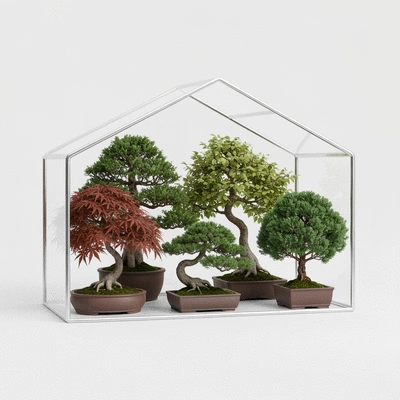
By recognizing your hardiness zone, you can choose the right protection methods for your bonsai, ensuring they remain healthy and vibrant throughout the winter months. At
Pro Tip
To enhance the winter protection of your bonsai, consider using thermal blankets specifically designed for plants. These blankets trap heat while allowing moisture to escape, providing a cozy environment that minimizes frost damage and helps maintain stable temperatures. Pair this with strategic placement near windbreaks for optimal protection!
Summarizing Key Winter Protection Strategies
As we journey through the winter months, ensuring the survival of our cherished outdoor bonsai becomes crucial. Protecting these living artworks from frost and cold requires a blend of thoughtful strategies. Here’s a recap of the main approaches we discussed to keep your bonsai safe and thriving during the chilly Australian winter:
- Utilizing Overhead Covers: Shield your bonsai from frost using tarps or other protective materials.
- Creating Microclimates: Use cold greenhouses to maintain a stable temperature for your trees.
- Implementing Polytunnels: These can offer a controlled environment that enhances protection.
- Applying Mulching Techniques: Mulch helps insulate roots and boost soil health during the cold.
Each of these strategies plays a vital role in ensuring that your bonsai not only survives but thrives through winter. By paying attention to their specific needs, you’re investing in their health and beauty for the seasons to come!
Call to Action: Preparing Your Bonsai for Winter
Now is the perfect time to assess your bonsai care routines! Are you ready to implement these winter protection strategies? Take a moment to evaluate what you can change or enhance. Whether it’s setting up a polytunnel or simply adding mulch, every step you take helps ensure your trees are well-prepared for the colder months ahead. Remember, the care you give now sets the stage for a vibrant and flourishing bonsai come spring!
Engaging with the Bonsai Community
I love hearing about your experiences and tips for winter protection! Sharing ideas not only strengthens our bond as bonsai enthusiasts but also enriches our collective knowledge. I invite you to join the conversation! What techniques have worked for you? What challenges have you faced? Let’s learn from each other’s journeys and inspire one another to create beautiful bonsai masterpieces!
Exploring Local Bonsai Clubs and Workshops for Support
One of the best resources for ongoing education and support is your local bonsai community. Joining bonsai clubs or attending workshops can provide invaluable insights into winter care practices tailored to your specific region. These gatherings are a fantastic way to meet fellow enthusiasts who share your passion. They can offer hands-on advice that complements the strategies we've discussed. So, why not explore what's available in your area? You never know what new techniques you might discover or friendships you might form! To deepen your practical skills, consider exploring bonsai pruning techniques for beginners, often taught in such workshops.
Frequently Asked Questions (FAQs)
- Q: Why is winter protection important for outdoor bonsai?
- A: Winter protection prevents frost damage to foliage and roots, maintains overall tree health, and ensures the bonsai can recover from dormancy in spring. Without it, trees risk leaf drop, root rot, and desiccation.
- Q: Do all bonsai species require the same winter protection?
- A: No, different species have varying needs. Hardy species like Junipers may require minimal protection, while sensitive ones like Ficus often need to be moved indoors or provided extensive shelter from cold temperatures.
- Q: How do hardiness zones affect winter care for bonsai in Australia?
- A: Hardiness zones help determine the severity of winter conditions in your area. Tropical zones (e.g., Zone 1) require lighter protection, while cooler regions (e.g., Zone 7) with significant frost necessitate more robust insulation or indoor storage.
- Q: What are the main strategies for protecting bonsai during winter?
- A: Key strategies include using overhead covers (tarps) for frost, creating microclimates with cold greenhouses, implementing polytunnels for controlled environments, and applying mulching techniques to insulate roots and maintain soil health.
- Q: What is a "microclimate" in the context of bonsai winter protection?
- A: A microclimate refers to a localized atmospheric zone where the climate differs from the surrounding area. For bonsai, this often means using structures like cold greenhouses or sheltered areas to create a more stable, warmer environment that protects trees from harsh winter elements.
Recap of Key Points
Here is a quick recap of the important points discussed in the article:
- Importance of Winter Protection: Protecting bonsai from frost and cold is essential to maintain their health and vitality.
- Species-Specific Needs: Different bonsai species have varying winter care requirements; for example, Junipers are hardier than Ficus.
- Hardiness Zones: Understand your local hardiness zone to tailor your winter protection strategies effectively.
- Effective Strategies: Use overhead covers, create microclimates, implement polytunnels, and apply mulching techniques to safeguard your bonsai.
